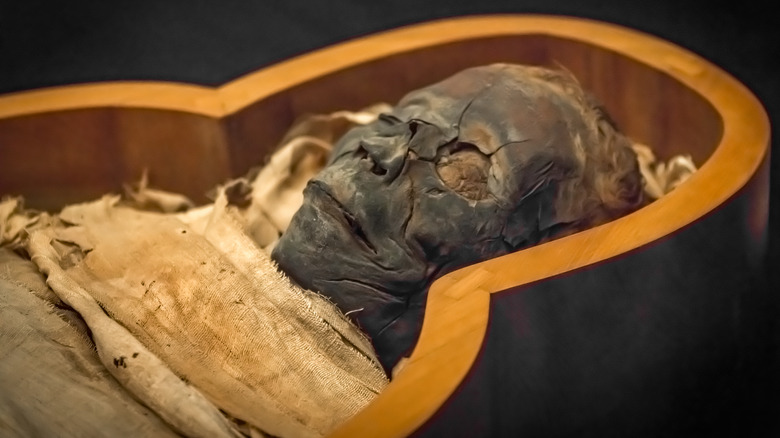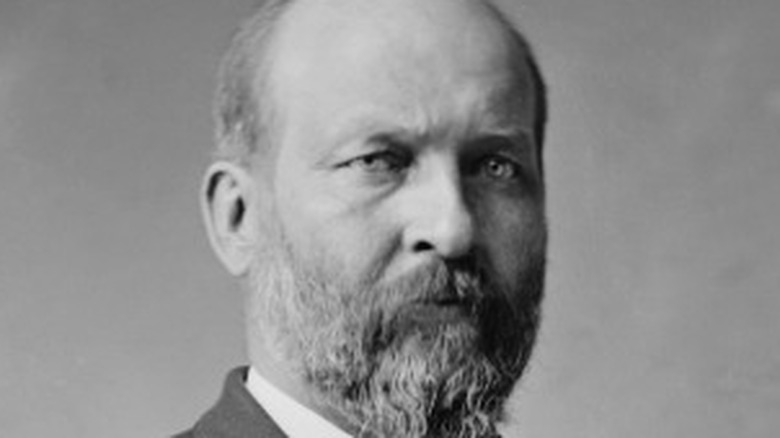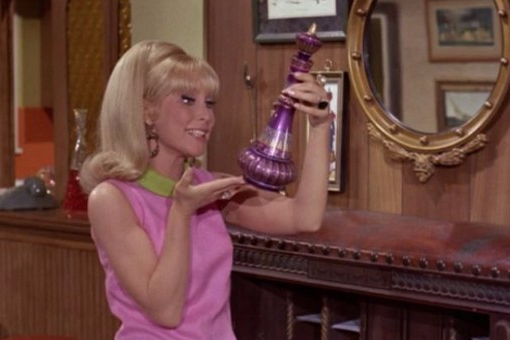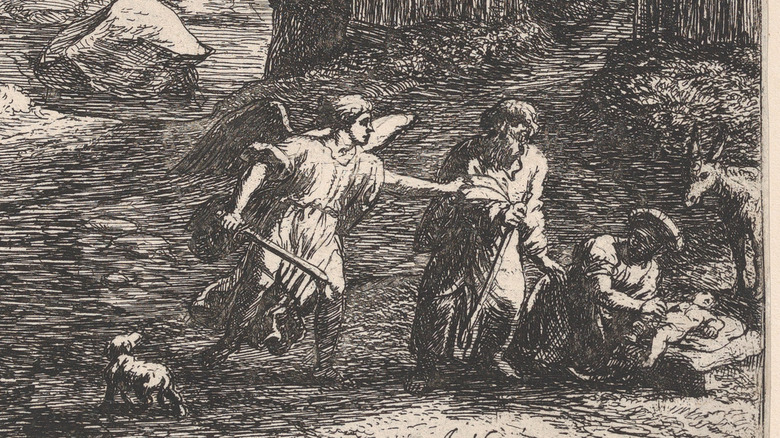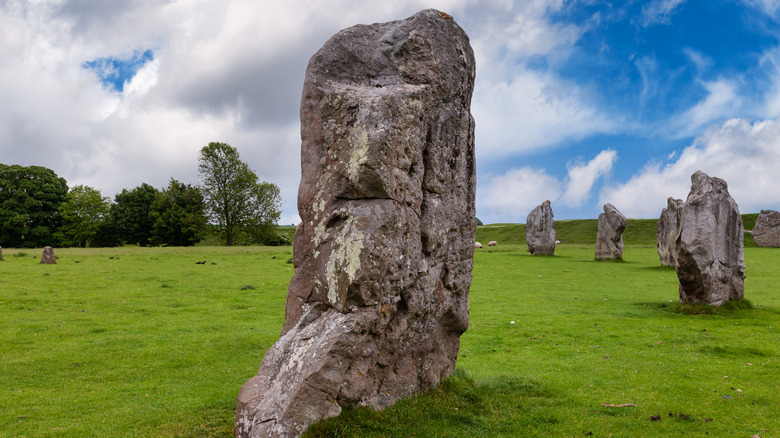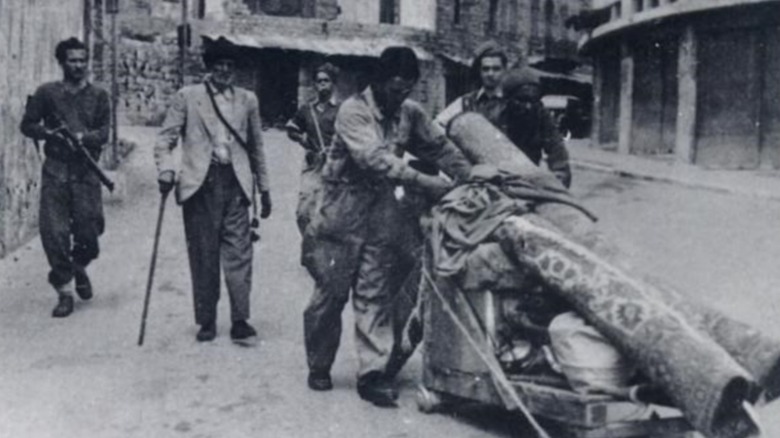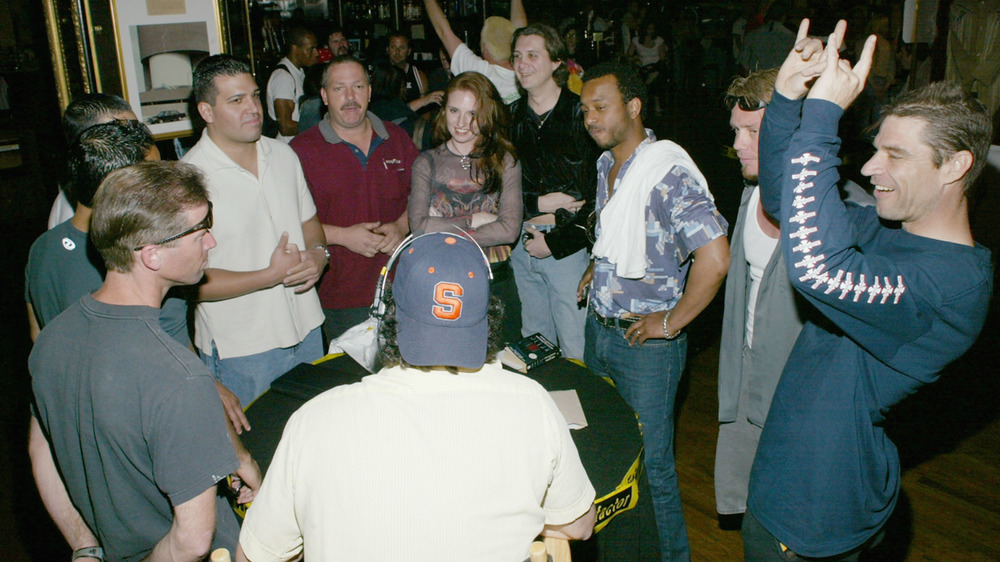
What Experts Think Elite Egyptians Once Did To Lower Class Mummies
When you think of ancient Egypt, certain images come to mind: pyramids, the Sphinx, and mummies. These linen-wrapped human and animal corpses were preserved in precise ways to ensure a happy afterlife, according to the Canadian Museum of History. Mummification became the regular death practice in 2400 B.C. for pharaohs — who gained immortality through the ritual. As time passed, though, ideas changed about who should enjoy perpetuity. By 2000 B.C. anyone could settle in the afterworld as long as they followed at least a few requirements: mummification, a tomb, and/or certain supplies left in their resting place.
While everyone technically became eligible for the afterlife, mummification costs were expensive — and the common people often resorted to other methodologies for their embalming. A typical mummification took 70 days. Besides offering prayers and certain rituals, a number of steps were required, including removing internal organs to slow body decay. The heart remained in the chest as an essential part of the human’s being. All body parts were stored in canopic jars that stayed with its mummy. Eventually, organs wrapped and then replaced into the body replaced the vessels’ purpose — although unused ones still were stored in the tomb. Each mummy needed linen—hundreds of yards of it that were sealed with resin and other ingredients (via The Smithsonian).
The rich get richer afterlives
Mummification wasn’t required for the afterlife, but a corpse needed to retain its integrity for resurrection, according to History Extra, but many elite Egyptians had certain (expensive) ideas about their final resting place and that meant coffins and tombs—both prone to accelerate the corpse-rotting process.
The 5th-century Greek historian, Herodotus, wrote about some of the cheaper alternatives for preservation, including filling the stomach with spices like myrrh and cassia before sewing it closed, said Discovering Egypt. One thing, though, that the poor never thought about was preserving the heart — and often merely removed it. “The whole point was to have an enjoyable afterlife, and you would definitely want your heart for that,” said anthropologist Andrew Wade of Canada’s University of Western Ontario to USA Today.
Without their ticker, commoners got a raw deal in their next life — with the elite still obtaining a more fortunate lifestyle. That useful bit of information seemed reserved for the rich, and even the ancient Egyptian “Book of the Dead,” a guidebook for reaching the afterlife skewed things for the rich. While the wealthy received papyrus scrolls with personalized prayers for the deceased, the poor either got pre-written versions or none at all (from History for Kids)! Typically social status stayed with you — as you were in life, you remained in that position during death — and the elite ensured that by keeping their mummification secrets.
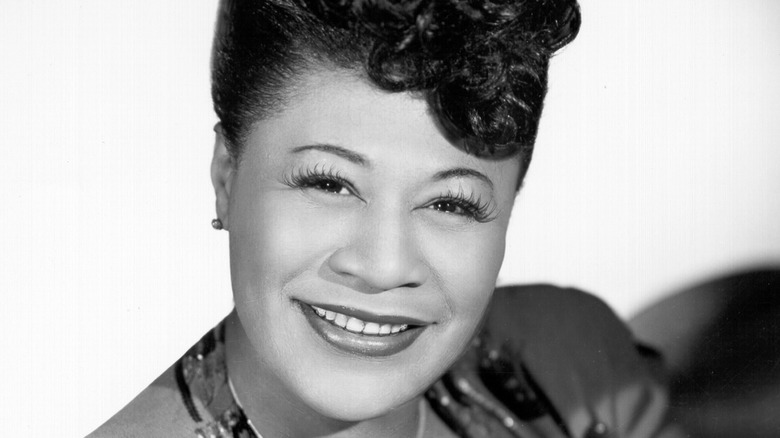
The Truth About Ella Fitzgerald's Rocky Teen Years
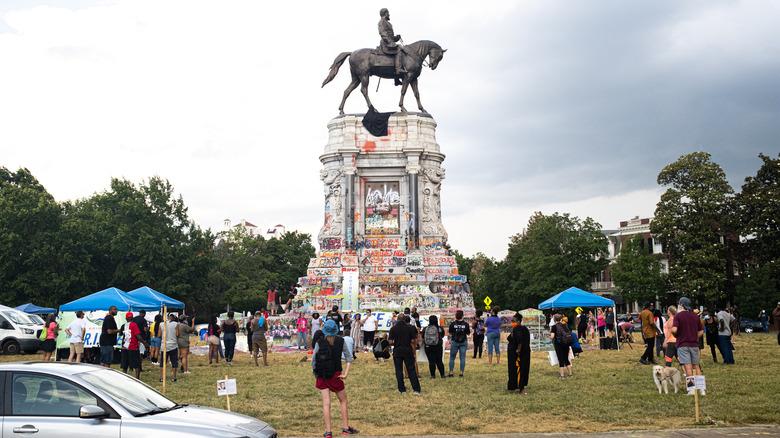
This Is What Happened To Virginia's Robert E. Lee Statue After Its Removal
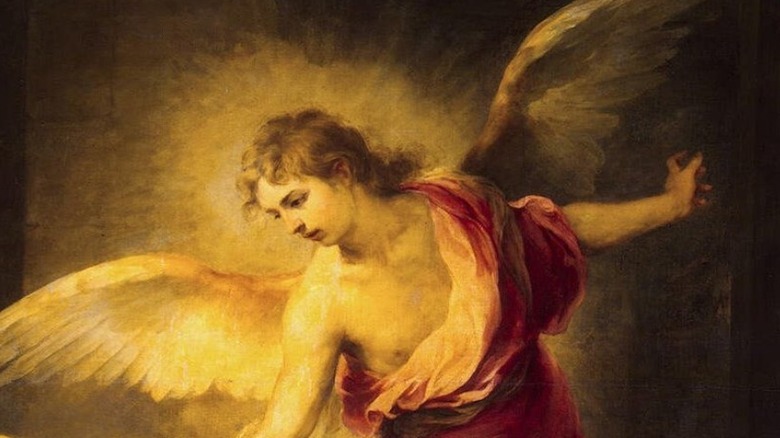
Things About Angels In The Bible You May Not Know

The Truth About The Olympic Corrections Center Jailbreak

The Sad Thing That Happened To Stingrays After Steve Irwin's Death
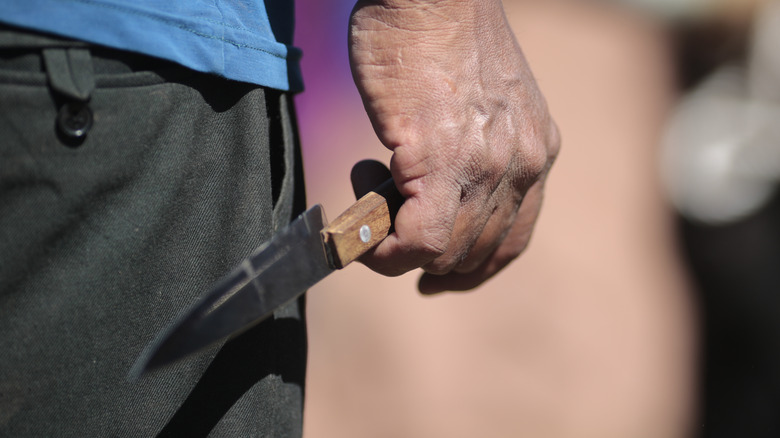
Why Rolanso Lexune Killed His Unsuspecting Mistress

Do Sharks See In Color?

The Brutal Death Of King Herod

Whatever Happened To Mr. T?
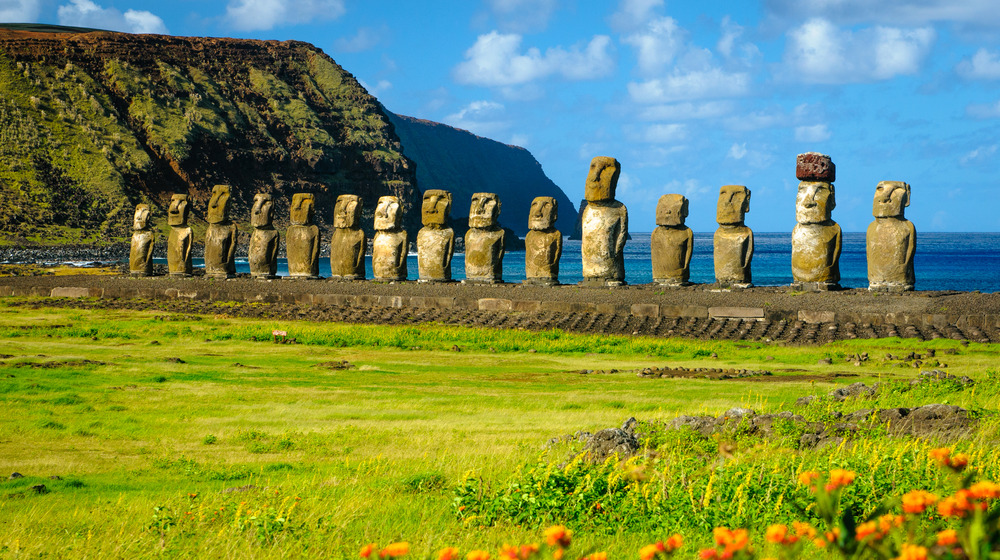
Do People Actually Inhabit Easter Island?
